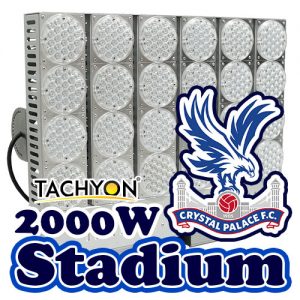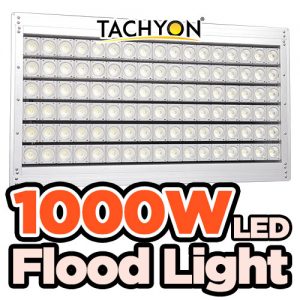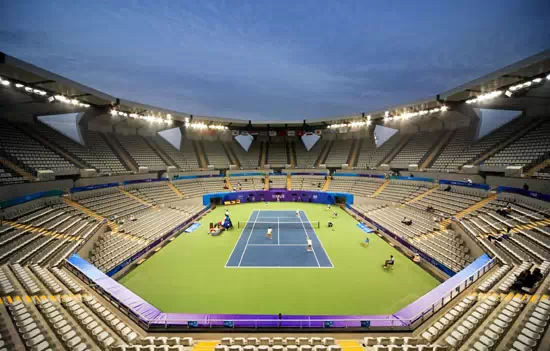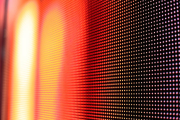Abstract
As a representative of a new generation of light sources, LEDs theoretically have excellent performance, such as high brightness and light efficiency. LED lamps have high efficacy, small size, light weight, robustness and long life. Low driving voltage, easy to drive. Suitable for a variety of occasions, such as indoor lighting, road lighting, architectural lighting, display applications, traffic signal lighting, industrial lighting. After the initial stage of development, the initial stage of the industry, and the stage of industrial growth, the world LED industry is currently in the stage of key technology development, and is also facing many problems and challenges.
1. Disorderly Development Affects the Development of the Entire Industry
Dealing with the “patent war”
Since 2010, some important white LED patents have expired one after another, and the LED industry will be caught in frequent patent lawsuits and battles in recent years. According to incomplete statistics, there are currently 124,000 LED patents applied globally, of which 20,000 are in the United States, 25,000 in China and 49,000 in Japan.
In terms of the number of patents, China’s LED technology is not inferior, but the problem is that most of China’s 25,000 LED patents are concentrated in the middle and lower reaches of the entire industry chain, mostly design and utility model patents, and invention patents are few and far between. . Although there are some peripheral patents in the upstream industry chain, the mastery of core patents is relatively small.
Balance capacity growth and market demand
According to incomplete statistics, in 2010, only listed companies invested more than 30 billion yuan in the LED field. In 2010, about 37% of the investment in the LED industry was invested in the upstream chip field, and 52% was invested in the downstream application field. The signs of overcapacity initially appeared.
From January to July 2011, MOCVD equipment increased by more than 200 units. In 2012, China’s LED chip production capacity reached 10 times that of 2010. At present, there are more than 500 MOCVD equipments in China, including 96 projects under construction, the total number is more than 1600.
According to statistics, there are currently 41 sapphire substrate manufacturers with a total planned investment of US$7.1 billion, of which the planned projects under construction are planned to reach US$1.9 billion, and the annual production capacity of projects under construction will reach 101 million pieces. However, due to the pessimistic global economic situation, the demand for LED chips is declining. How to expand the LED general lighting market, how to support the government, how to cultivate the market, these problems need to be solved.
Avoid disorderly competition
The direct result of some blind investments caused by the LED boom was vicious competition. Vicious competition has caused some enterprises to ignore the quality of their products, and the inferior products have ruined their reputations, which eventually led to the closure of some enterprises. Small and medium-sized enterprises that invest blindly will not be able to last long in such a cold winter.
For the industry, how does the negative impact change? It may take time and cost to slowly digest such impacts. For the already difficult LED industry, has it added some unfavorable factors to us?
2. Focus on the Research and Development of New Materials and New Technologies
Dealing with shortage of raw materials
High-brightness LED chips are based on metal indium, which ranks 61st in the earth’s crust, and ranks second in strategic metals, and the global reserves are not abundant. Developments and applications are increasing day by day, prices are increasing, and periodic shortages are expected in the future. If LED enters the general lighting market, the problem will be the shortage of raw materials.
At present, many institutions and enterprises have begun to explore new chip materials, and countries should also pay attention to this issue. Start to deal with the possible rise in raw material prices in the future, and start to develop new LED materials.
To focus on the development of new technologies. For example, the improvement of the internal quantum efficiency of LEDs, as well as changes in the packaging structure, as well as the design of new phosphors/quantum dots, transparent substrates, contact materials, reflective materials, secondary optics/lamp reflectors, and the development of high-performance driving power supplies, etc. .
OLED Challenge
The challenges from OLED cannot be ignored either. LEDs and OLEDs have their own strengths, and when LEDs are introduced to the market, they also face competition from “compatriots” OLEDs.
OLED display technology is relatively mature at present, and has entered the market. Lighting technology is being valued and has been developing rapidly. At present, the luminous efficiency of commercial-grade white light OLEDs has reached 50lm/W, which is more than twice that of ordinary incandescent lamps, and the lifespan has reached tens of thousands of hours. The white light luminous efficiency developed by the laboratory has reached 160lm/W, which is close to the 200lm/W required by the US Department of Energy for lighting materials.
Of course, the current OLED flat light source also faces some problems: the OLED luminescent material has extremely poor anti-oxidation ability after power-on, is afraid of water, and needs vacuum glass sealing, which requires LTPSTFT substrate. Therefore, OLED applications are still costly in large-scale fields.
At present, the yield of large-size OLED panels is still low, which keeps the cost of the OLED product line high and also limits the output. Due to the different properties of luminescent materials, the component lifetime is limited by the short plate effect. At the same time, the surface light source specification and its driving power standard have yet to be established.








